Decoding Branding Models: A Journey Through Time and Strategy
Every second, as consumers, we're bombarded with over 5000 advertised brand messages daily. From the tiny logo on your coffee cup to the giant billboards by the roadside, branding is an omnipresent force shaping our buying decisions and preferences. It's an art form, a science, and a language all rolled into one. But have you ever thought about the ‘how' behind the branding process? Have you ever wondered what happens before that logo or tagline meets your eyes?
Welcome, dear reader, to the riveting realm of branding models. Whether you're a business owner looking to make your mark, a marketer seeking innovative ways to captivate audiences, or just a curious soul eager to understand how branding has evolved, you're in for a treat. Our journey today takes us from ancient merchants to our hyper-digital world, dissecting the logic, creativity, and strategic thought that have fueled some of the most influential brands in history.
In this article, “Decoding Branding Models: A Journey Through Time and Strategy,” we'll take a deep dive into the world of branding, examining its evolution, the models that have shaped it, and the strategies that have made brands stand out. Ready to travel through time and immerse yourself in the fascinating world of branding? Then let's get started. Strap in tight because this is going to be a thrilling ride!
Table of Contents
The Birth of Branding Models
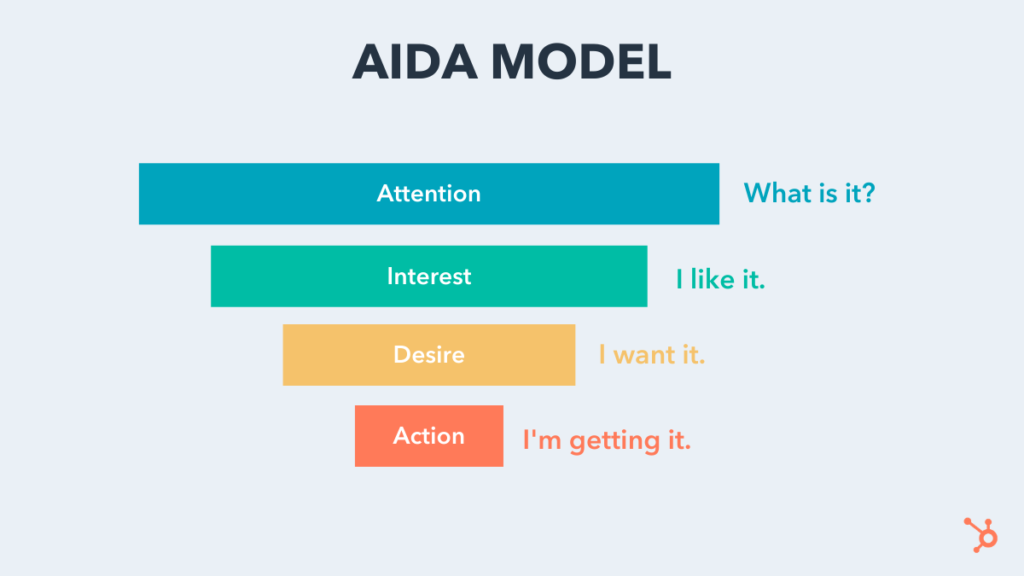
Oh, branding, it's fascinating how it goes back to ancient civilisations. Can you believe that symbols were used as identification marks? It's like our ancestors were the OG brand marketers! But let's fast forward to the industrial revolution when things started to heat up.
During that time, product differentiation became crucial. With the rise of mass production, companies needed a way to stand out from the crowd and capture consumers' attention. And thus, the birth of branding models took place. Businesses were looking for effective ways to communicate their unique value propositions, and they hit the ground running.
One of the prominent models that emerged during this era is the AIDA model, which is short for Attention, Interest, Desire, and Action. It's a nifty little framework focusing on understanding the customer journey and optimising each stage to drive sales and foster customer loyalty.
Let's break it down a bit further. First, we have “Attention.” This stage is all about capturing the customer's interest right from the start. It's like a magnetic force that pulls them in and makes them take notice of your brand. Think of it as that eye-catching billboard or that catchy jingle that gets stuck in your head.
Then comes “Interest.” Once you have their attention, it's time to reel them in. You want to ignite their curiosity and make them want to learn more about what you have to offer. It's about creating that emotional connection and showing them why your product or service is worth their time and consideration.
Moving along, we reach “Desire.” This is where you want to turn up the heat. You've captured their attention and sparked their interest; now it's time to make them crave your offer. It's about highlighting the benefits, showcasing the value, and creating a desire within the customer to own or experience what you're selling.
Last but not least, we have “Action.” This is the grand finale, where all your efforts pay off. You've guided the customer through attention, interest, and desire; now, it's time for them to act. Whether it's making a purchase, signing up for a newsletter, or taking any other desired action, the goal is to convert their interest and desire into tangible results.
And there you have it—the AIDA model in all its glory. Businesses can effectively drive sales and foster customer loyalty by understanding and optimising each customer journey stage. It's like a well-choreographed dance, where each move leads to the next, ultimately resulting in a successful brand-consumer relationship.
The Rise of Emotional Branding
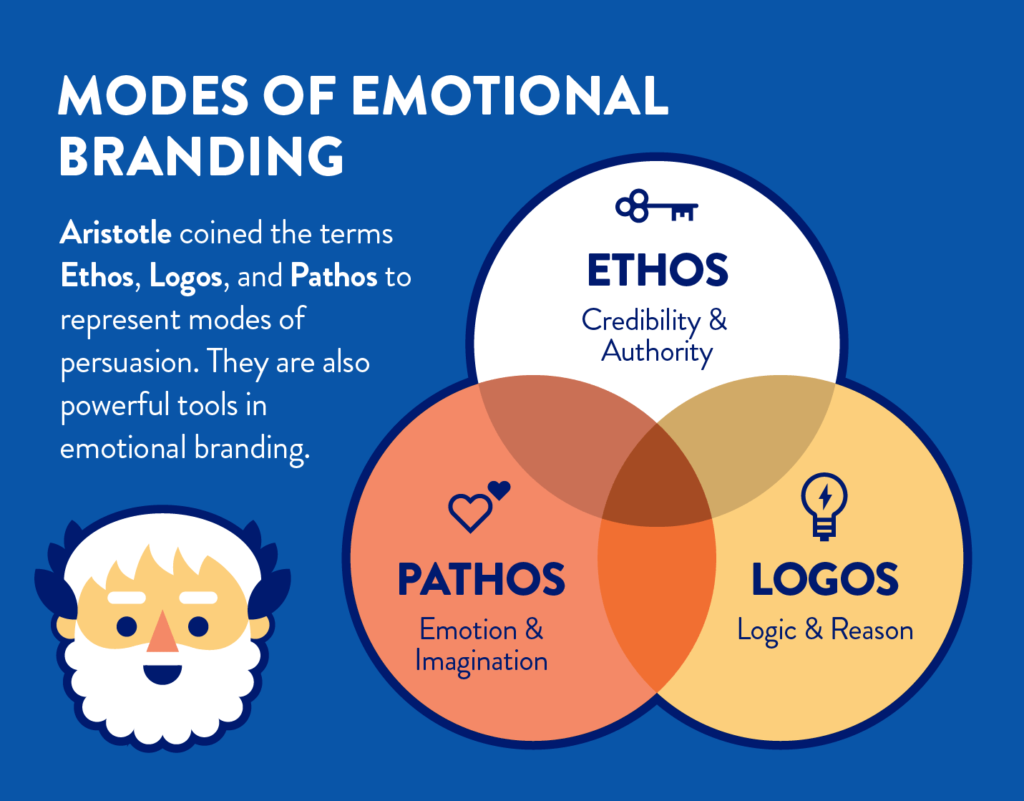
It's fascinating how businesses have realised the importance of appealing to customers' emotions in today's crowded marketplace. It's no longer enough to offer a product or service – companies have learned that creating an emotional connection is crucial to stand out. This approach is emotional branding, which essentially acknowledges emotions' significant role in consumer decision-making.
So, what exactly do brands do to forge these deep emotional connections with their target audience? Well, they've started employing various models and strategies to do just that. One such model is the Brand Love model, which strongly emphasises building powerful emotional bonds that transform customers into loyal brand advocates.
The idea behind the Brand Love model is to tap into consumers' desires and aspirations, really understanding what drives them and what they genuinely care about. By doing so, brands can create experiences that evoke positive emotions and foster a sense of long-term loyalty. It's all about going beyond the surface level and connecting with customers on a deeper, more personal level.
When a brand successfully triggers positive emotions like happiness, excitement, or even nostalgia, it leaves a lasting impact on consumers. These emotional connections make customers feel more connected and engaged with the brand, and that's where the loyalty factor comes into play. They keep returning for more and become passionate advocates who spread the word about the brand to their friends, family, and social networks.
Think about it – when did you last feel a strong emotional connection with a brand? Maybe it was a heartwarming commercial that made you shed a tear or a brand's social media campaign that resonated with your values. Whatever it was, chances are that the brand successfully tapped into your emotions and made you feel something special.
Businesses are no longer just selling products or services by focusing on emotional branding. They are creating experiences, building relationships, and shaping perceptions. They understand that emotions are a driving force behind consumer decision-making, and by leveraging this understanding, they can truly stand out in a crowded marketplace.
Case Study: Apple

They're not just your average tech company. Apple has truly mastered the art of emotional branding and has a fan base like no other. When you think of Apple, it's about more than just the functionality of its products. It's about the whole experience, the sense of belonging to a unique community, and the thrill of being part of something extraordinary.
Apple has this incredible ability to make people feel connected, excited, and individualistic through their products. It's like they've tapped into the pulse of what consumers desire. They understand it's not just about having the latest gadget but how it makes you feel.
With every new release, Apple creates a wave of anticipation and excitement. People eagerly line up outside their stores, waiting for the latest iPhone or MacBook. It's not just a transaction; it's an event, a gathering of like-minded individuals who share a passion for cutting-edge technology and sleek design.
And that's where Apple's emotional branding truly shines. They've built a strong sense of community among their customers. It's not uncommon to see Apple enthusiasts proudly showing off their devices, engaging in lively discussions about the latest features, or forming online communities dedicated to all things Apple. It's this sense of belonging that keeps people coming back for more.
But it doesn't stop there. Apple also understands the power of individuality. Their products are not just tools but expressions of personal style and creativity. From the sleek and minimalist design to the intuitive user interface, Apple empowers its customers to showcase their unique tastes and preferences. It's like owning an Apple product is a statement saying, “This is who I am, and I choose to stand out.”
So, it's no wonder that Apple has developed such a fiercely loyal customer base. They've gone beyond the realm of functionality and tapped into the realm of emotions. Apple has become more than a tech company by creating a sense of community, excitement, and individuality. It's a lifestyle, a culture, and a symbol of innovation that captivates the world.
The Era of Storytelling and Experiential Branding
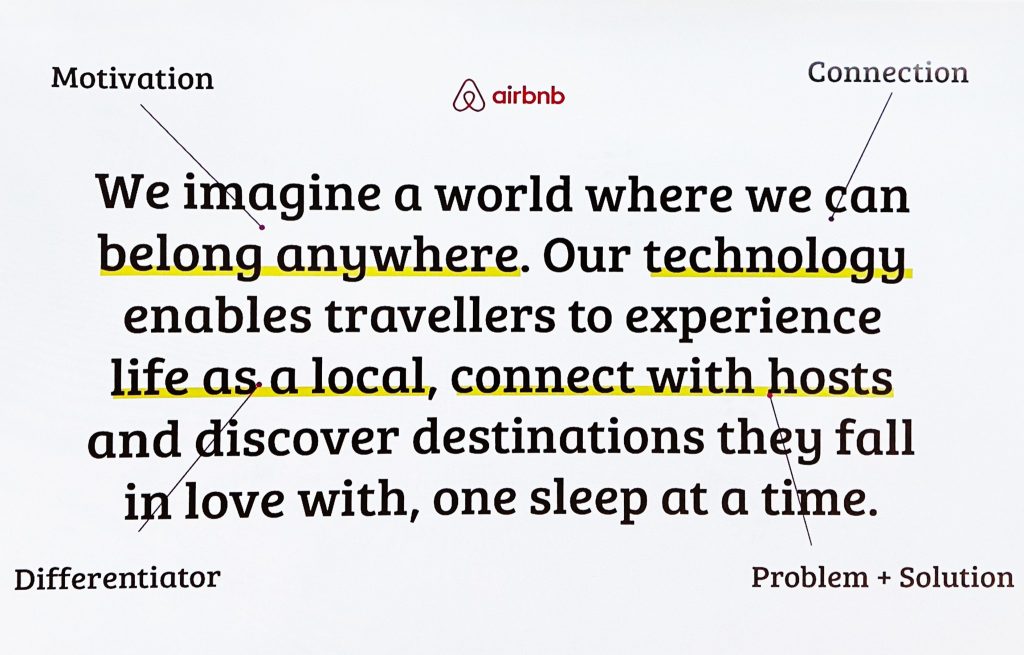
It's getting harder for brands to stand out and grab consumers' attention. It's like a constant battle for their awareness and loyalty. But here's the thing: brands have discovered a powerful weapon in this war, and it's called storytelling.
Yep, storytelling has become the go-to strategy for brands to captivate their target audience and shape how they see them. It's not just about selling a product or service anymore. It's about creating a memorable and lasting impression by weaving together compelling narratives that revolve around the brand's core values.
Instead of bombarding consumers with a laundry list of features and benefits, companies are taking them on immersive journeys. They're turning their products or services into captivating experiences with a profound emotional impact. This innovative approach is known as experiential branding.
Imagine walking into a store or visiting a website and being transported into a whole different world. It's like stepping into a story where every element is carefully crafted to engage your senses and emotions. Everything is designed to make you feel something, from the ambience to the interactions, to connect you and the brand.
And let me tell you, it's not just about selling anymore. Experiential branding is about forging a bond, a relationship with the consumer. It's about leaving a lasting impression that goes beyond the transaction. When done right, it can turn customers into brand advocates, loyal followers who not only buy the products but also spread the word and share their experiences with others.
Think about it. When you come across a brand that tells a captivating story and takes you on an unforgettable journey, you're more likely to remember it. You're more likely to feel connected to it. And that emotional connection drives your purchasing decisions and shapes your perception of the brand.
So, in this cluttered marketplace, brands have realised they must go beyond traditional advertising techniques. They need to tap into the power of storytelling and create immersive experiences that resonate with their target audience. It's a new way to engage consumers, leave a lasting impression, and build meaningful connections.
And guess what? As consumers, we're all for it. We crave those memorable experiences that touch our hearts and minds. We want to be a part of something bigger that aligns with our values and aspirations. So, bring on the stories, the immersive journeys, and the emotional connections. We're ready for it, and brands are prepared to deliver.
Case Study: Nike
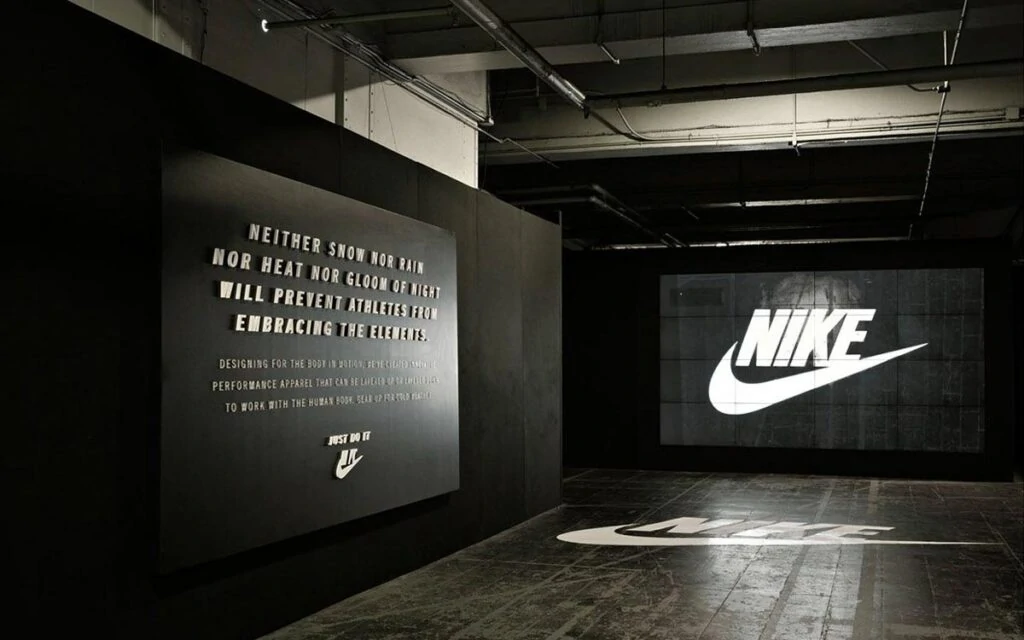
Nike took storytelling to a new level by showcasing real stories of awe-inspiring athletes conquering seemingly insurmountable obstacles.
Picture this: you're sitting on your couch, feeling sluggish and unmotivated, and then you come across a Nike ad. But it's not just any ad. It's a story of an athlete who defied all odds to achieve greatness. You see their journey, the blood, sweat, and tears they poured into their passion, and the challenges they faced head-on.
At that moment, something magical happens. Nike taps into your deepest aspirations and stirs the fire within you. Suddenly, you realise that you can push your limits and overcome any obstacle—the narrative weaves into your heart, resonating deeply with your ambitions and desires.
That's the beauty of Nike's storytelling approach—it's not just about selling products. It's about igniting a spark within each individual, inspiring them to take action and chase their dreams. Nike creates a bond beyond mere consumerism by emotionally connecting with its target audience. They become a beacon of inspiration, a brand that understands the power of human potential.
Through the “Just Do It” campaign, Nike empowers people to believe in themselves and embrace the challenges that come their way. It's a rallying cry for determination, resilience, and unwavering commitment. It tells us that success is not solely defined by victory but by the journey itself—the sweat-soaked path of hard work, dedication, and unwavering belief.
The Digital Age: Branding in the Age of Technology
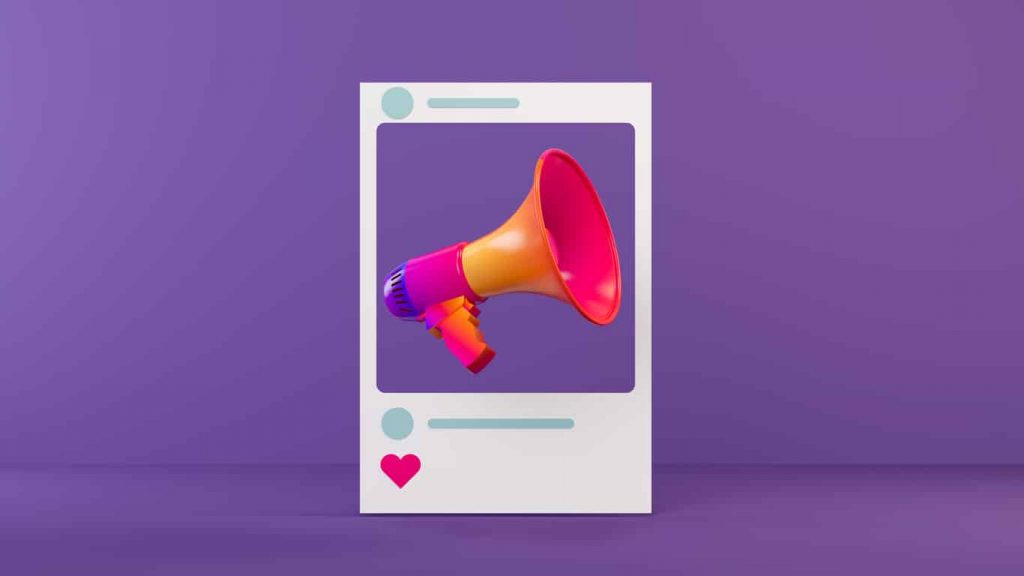
It's been an absolute game-changer, allowing brands to reach unprecedented levels of visibility and engage with consumers like never before. Seriously, it's a whole new ballgame out there!
Before the digital revolution, brands needed more means to interact with their audience. But with the advent of digital platforms and social media, everything changed. Suddenly, brands found endless possibilities to connect, engage, and build customer relationships. It was a real wake-up call for companies to adapt their branding strategies to thrive in this new digital realm.
The customer journey mapping model is one particular approach that gained traction in this digital landscape. This model focuses on understanding consumers' entire journey when interacting with a brand online. It's like putting yourself in your customers' shoes and experiencing every touchpoint they encounter.
Imagine this: a potential customer stumbles upon a brand's social media post and decides to explore further. They visit the brand's website, browse through products or services, read some reviews, and ultimately make a purchase. Each step of this journey is a touchpoint, an opportunity for the brand to make a lasting impression and create a positive experience.
Companies gain valuable insights into these touchpoints with the customer journey mapping model. They can analyse each step, identify strengths, weaknesses, and areas for improvement. With this knowledge, brands can optimise their touchpoints to ensure maximum impact and engagement. Whether it's enhancing the user interface of a website, streamlining the purchasing process, or personalising the customer experience, every detail counts.
Think about it – by strategically mapping out the customer journey, brands can shape the narrative, guiding customers towards a seamless and delightful experience. It's all about crafting moments that leave a lasting impression, fostering consumer loyalty and advocacy.
This model has become essential in today's digital age. Brands must recognise the power of the customer journey. It's about being present at every step, understanding consumer behaviour, and delivering an exceptional experience that resonates with your target audience.
So, digital platforms and social media have genuinely revolutionised branding. They've opened up a world of possibilities, allowing brands to connect with consumers deeper. And with the customer journey mapping model, companies can precisely navigate this digital landscape, optimising every touchpoint for maximum impact. It's an exciting time to be in the branding game, that's for sure!
Case Study: Coca-Cola

The genius idea behind it was personalising Coke's packaging with popular names. Can you imagine the excitement of finding your name on a bottle of Coke?
The campaign worked its magic by leveraging the power of social media platforms. Coca-Cola tapped into the viral nature of these platforms and encouraged users to share photos and stories about their personalised Coke bottles. It was like a virtual show-and-tell session where people proudly displayed their unique finds.
The result? A tremendous buzz that rippled through the online world. Suddenly, friends tagged each other in posts, saying, “Look, I found your name on a Coke bottle!” The campaign created a sense of excitement and connectedness among people, all centred around this iconic beverage.
With everyone eager to jump on the bandwagon and join in on the fun, Coca-Cola saw a significant increase in brand awareness. People who may not have been actively thinking about Coke suddenly found themselves intrigued by the personalised packaging. It became a conversation starter at parties, a topic of discussion in online communities, and even a collector's item for some.
But it wasn't just about awareness; the campaign sparked remarkable engagement. People couldn't resist sharing their Coke moments on various social media platforms. The hashtag #ShareACoke became a trending sensation as users flooded their timelines with snapshots of their personalised bottles and heartwarming stories of how they celebrated with friends and loved ones.
Coca-Cola managed to tap into people's emotional connection with personalisation and the joy of sharing something special. Turning their iconic product into a personal experience created an irresistible urge to join the campaign. It became more than just a marketing gimmick; it became a way for people to express themselves, connect with others, and create lasting memories.
So, next time you crack open a bottle of Coke and see a familiar name staring back at you, remember the “Share a Coke” campaign. It wasn't just a branding triumph but a delightful reminder of the power of personalisation and the joy of sharing something as simple and refreshing as a cold Coke with the world.
Sustainable Branding: The Call for Ethical and Purpose-Driven Models
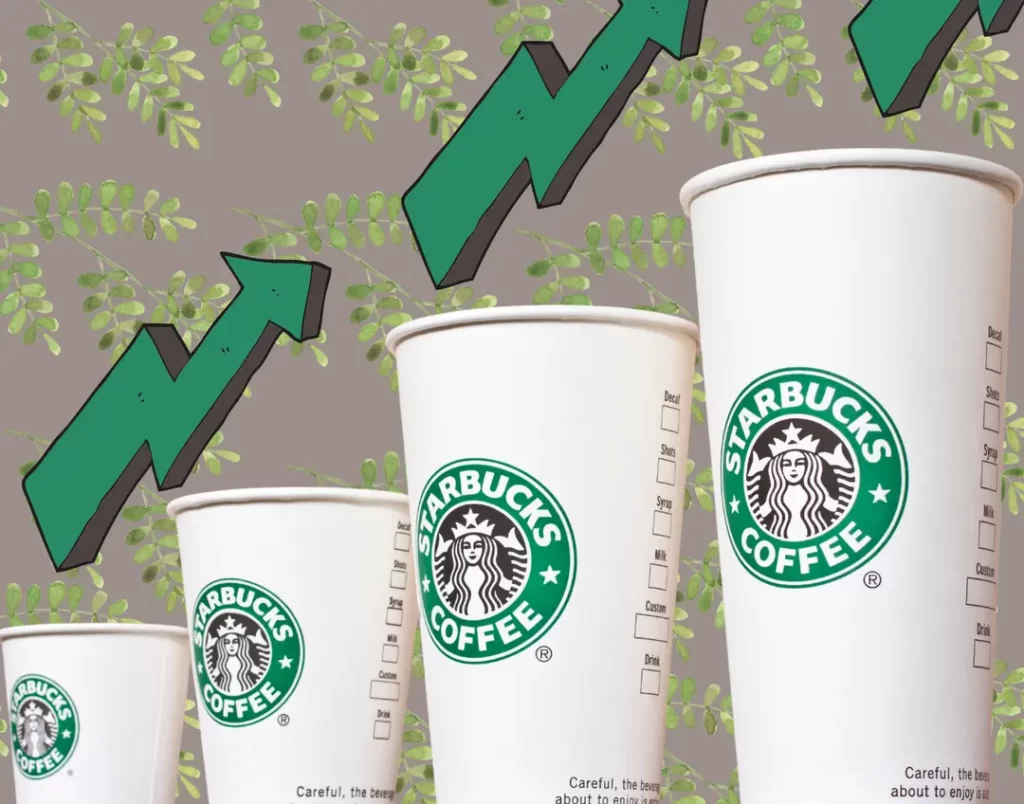
People are no longer solely focused on buying products for their own sake; they are also profoundly concerned about their purchasing decisions' impact on the world around them. Sustainability and ethical practices have become hot topics, and consumers demand more from the brands they support.
It's refreshing that brands have recognised this shift and actively embraced sustainable branding models. They've come to understand that being socially and environmentally responsible isn't just a trendy buzzword—it's a genuine reflection of what consumers care about. This realisation has led to the rise of the triple bottom line model, which has been gaining momentum and making waves in the business world.
The triple bottom line model is a strategic approach considering the economic, social, and environmental impacts of running a business. It's like a three-legged stool, where each leg represents a different consideration: people, planet, and profit. By incorporating these three pillars into their brand strategies, companies can demonstrate their commitment to making a positive difference in society while ensuring economic success.
What's particularly fascinating about this model is how it aligns brands with the values and aspirations of socially responsible consumers. When companies prioritise people by promoting fair labour practices and supporting their communities, consumers feel a sense of trust and connection. When brands actively work towards reducing their environmental footprint, consumers appreciate the effort and reward them with loyalty. And, of course, maintaining profitability is crucial to sustain these positive actions and continue making a difference.
This triple-bottom-line approach fosters a strong bond between brands and consumers, rooted in shared values and a sense of purpose. Consumers feel empowered knowing that their purchasing choices can contribute to a better world, and brands become more than just a transaction—they become catalysts for change.
It's inspiring to witness this shift in consumer expectations and the corresponding response from brands. As sustainability and ethical practices remain at the forefront, we can expect more innovative approaches like the triple bottom line model to emerge. And as consumers, we hold immense power in our choices, enabling us to support brands that genuinely align with our values and drive positive change on a global scale.
Case Study: Patagonia

They are truly leading the way when it comes to sustainable branding. They have gone above and beyond in advocating for environmental conservation and social responsibility. It's not just a marketing gimmick for them; it's a core part of their mission.
What's remarkable about Patagonia is that they don't just talk the talk; they walk the walk. They have integrated sustainable practices into every aspect of their business, from sourcing materials to manufacturing and distribution. They are committed to minimising their environmental impact at every step. It's impressive how they've aligned their values with their business operations.
But it doesn't stop there. Patagonia takes their commitment to sustainability further by actively engaging with its customers and sharing its journey. They believe in transparency and honesty and want their customers to know precisely what they're doing to make a positive impact. Communicating their sustainability initiatives inspires and educates their customers, empowering them to make more informed choices.
And you know what's even more incredible? Patagonia has built a solid and loyal customer base through sustainable branding efforts. People are not just buying their products; they are buying into their mission and values. When you wear a Patagonia item, it's not just about looking good; it's about making a statement that you care about the environment and social responsibility.
This loyal customer base is a testament to the effectiveness of Patagonia's sustainable branding strategy. By demonstrating their commitment to sustainability genuinely and authentically, they have created a community of like-minded individuals who share their values. It's more than just a brand; it's a movement.
The Future of Branding Models

With technology constantly evolving, we can expect artificial intelligence (AI) and machine learning to take centre stage in shaping the future of branding. It's like we're living in a sci-fi movie, but it's happening for real!
One of the most thrilling prospects is AI-driven personalisation. Brace yourself because this is going to be huge. Thanks to AI, brands will have the power to create highly customised and tailor-made experiences for individual consumers. Gone are generic marketing messages that don't resonate with anyone. AI will help brands understand their customers on a whole new level, gathering data and insights to craft personalised experiences that hit the bullseye every time. It's all about creating those magical “aha” moments when customers feel like a brand understands them.
Imagine walking into a store or visiting a website; everything feels like it was made just for you. The products, recommendations, and offers perfectly align with your preferences and needs. It's like having a personal shopping assistant who knows you better than you know yourself. AI-driven personalisation will foster deeper connections between brands and consumers and skyrocket engagement levels. When people feel seen and understood, they can't help but stick around.
But hold on; we're still going. Another mind-boggling development in branding is integrating augmented reality (AR) and virtual reality (VR). Brace yourself because things are about to get even more immersive and interactive. Brands are always searching for innovative ways to stay ahead of the curve, and AR and VR provide the perfect playground for them.
Picture this: you put on a pair of VR goggles, and suddenly, you're transported to a whole new world—a world that's all about the brand. You can explore, interact, and experience things in ways you never thought possible. It's like stepping into a virtual wonderland where you can try on clothes, test drive a car, or even tour your dream vacation destination—all from the comfort of your home. With AR, the natural world becomes a canvas for brands to overlay digital elements, seamlessly blending the physical and virtual realms.
By leveraging AR and VR in branding, companies can create unforgettable moments and forge deeper emotional connections with their customers. It's no longer just about selling a product but creating an experience that leaves a lasting impression. And let me tell you, consumers are hungry for these immersive experiences. They want to be wowed, surprised, and delighted. And brands that can deliver on that front will undoubtedly stand out.
So, my friend, buckle up because the future of branding is nothing short of extraordinary. With AI-driven personalisation and the integration of AR and VR, brands are set to revolutionise how they engage with consumers. It's an exciting time to be in the marketing world, where innovation and technology take us to places we've never dreamed of. Get ready to witness the power of branding in a whole new dimension!
Conclusion
Branding models have evolved significantly throughout history, adapting to consumers' needs and expectations. From the early stages of differentiation to today's emotional bonds and captivating narratives, branding models have consistently aimed to create powerful connections with audiences.
Successful brands will embrace innovation, authenticity, and purpose as the digital age and sustainability movements continue to reshape the branding landscape. By understanding the evolution of branding models and the strategies employed by trailblazing brands, businesses can unlock the secrets to building enduring and impactful brand identities. So, join the journey and become a master of branding in an ever-evolving world.
